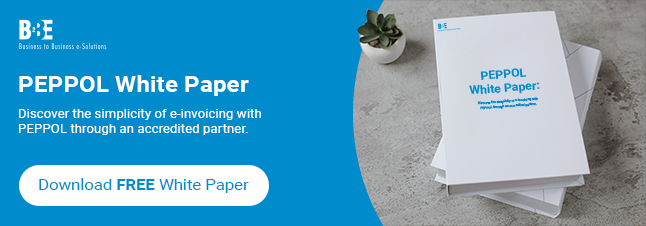Tracking invoicing is crucial for any business to maintain a healthy cash flow, ensure timely payments, and avoid disputes with customers. With evolving technology, businesses have various methods available for monitoring invoices, ranging from manual processes to advanced e-invoicing platforms.
Poll results
In our most recent LinkedIn poll, we asked our followers if they track the status of their invoices.
How do you track the status of your invoices?
- Manually
- Accounting software
- E-invoicing platform
- Not tracked
Manually
Despite the rise of digital solutions, 33% of businesses in our poll still rely on manual methods to track the status of their invoices. While manual tracking can be effective in smaller operations with fewer invoices, it becomes increasingly difficult as the volume of transactions grows. Using spreadsheets or other paper-based systems introduces a higher risk of human error, delays, and inefficiencies. Manually tracking invoices can lead to missed payments, overlooked deadlines, and potential cash flow issues.
Accounting software
According to our poll, 20% of businesses use accounting software to track the status of their invoices. Accounting software is a significant upgrade from manual tracking, offering businesses automation and the ability to centralise their financial records. This can help streamline invoice management, track payment statuses, and even set up reminders for outstanding payments.
e-Invoicing platform
With 47% of businesses now using e-invoicing platforms, it’s clear that this method is becoming the most popular method for tracking invoices. E-invoicing platforms automate the entire invoicing process, from creation and sending to tracking and payment reminders. These platforms offer real-time updates, allowing businesses to see the exact status of each invoice — whether it’s been sent, received, approved, or paid.
Not tracked
No one is leaving invoices untracked. It’s interesting to note that none of our poll respondents reported not tracking their invoices. This suggests that businesses recognise the importance of monitoring their invoicing process to ensure timely payments and prevent cash flow disruptions. While methods differ, every business understands the necessity of some form of invoice tracking to maintain financial control and avoid payment delays.
Learn more about B2BE’s Facturation électronique des clients et Facturation électronique des fournisseurs solutions.
More information
B2BE’s experience in the supply chain sector allows our customers to build, expand and adapt successfully, enabling greater effectiveness. To engage with B2BE and offer feedback on what matters most to you and your business, make sure to follow us on LinkedIn and across social media. You can also vote in our latest LinkedIn poll. If you’d like to discuss your supply chain strategy, get in touch with us.
